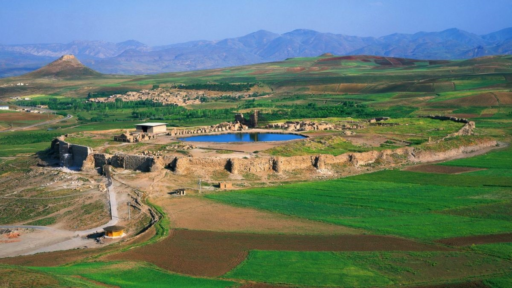Introduction
Nested amongst the mountains in Iran’s West Azerbaijan province lies one of the country’s most impressive archaeological sites – Takht-e Soleyman, or the Throne of Solomon. This ancient complex was built in the early centuries CE and served as a significant Zoroastrian sanctuary before being taken over by various succeeding ruling powers. With its mix of unique architecture and breathtaking natural scenery, Takht-e Soleyman offers visitors a glimpse into ancient history, religion and culture.
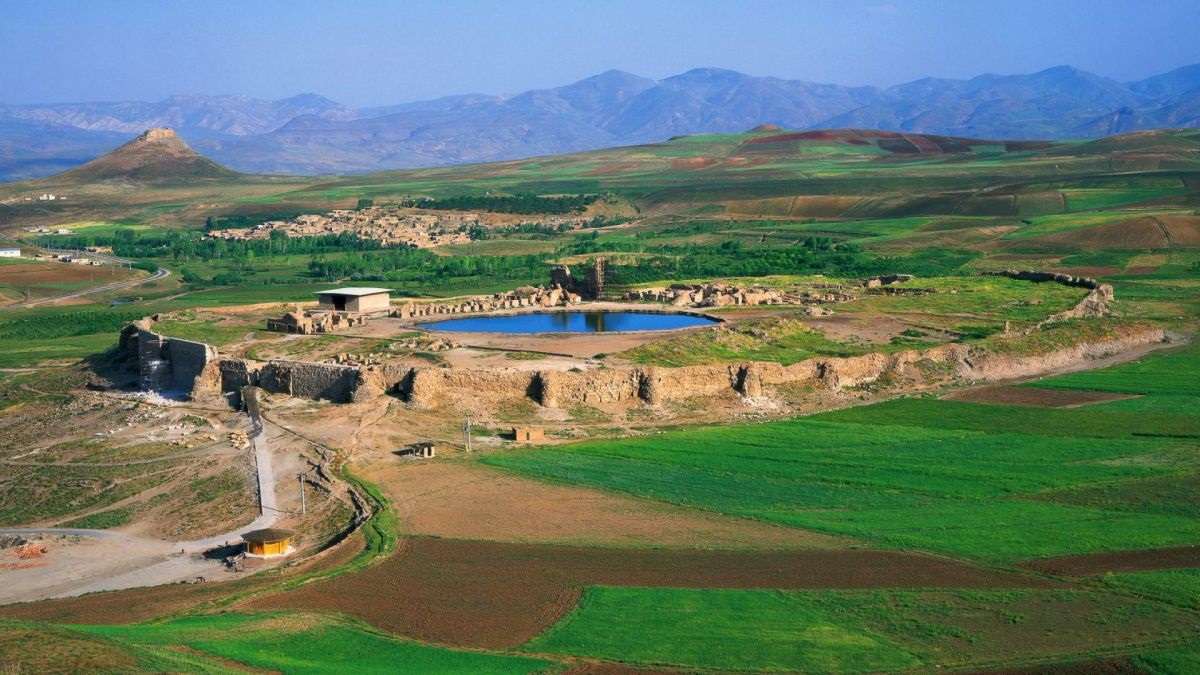
Overview and History
Takht-e Soleyman is situated in a remote valley with a picturesque lake and mountain views. The complex centers around a mineral-rich spring and mountain thought to have mystical powers. This site first served as a Zoroastrian temple complex during the Sassanid Empire in the 3rd to 7th centuries CE. Zoroastrianism was one of the main ancient religions in the region before the spread of Islam.
The Sassanids built impressive structures around the sacred spring, including temples, shrines and a citadel. Many parts of the complex reflect the importance of fire and water in the Zoroastrian faith. This is seen in the remains of large fire altars and the reverence for the therapeutic sacred spring.
After the Muslim conquest of Iran in the mid 7th century CE, Takht-e Soleyman was briefly abandoned before being revived under the control of various ruling powers. The Ilkhanate Mongols rebuilt parts of the site in the 13th century CE, adding more religious structures. Sections were used by Sufi Muslims and the general public over the centuries. The site underwent excavations and restorations in the 20th century, becoming a recognized World Heritage Site in 2003.

Layout and Structures
The 106-hectare site of Takht-e Soleyman follows a circular plan, with structures clustered around the central spring area. The architecture reflects a blend of Sassanid and Ilkhanate styles over the centuries. Visitors entering from the south pass through a large gateway arch into the heart of the complex.
Some of the most impressive ruins are from the main Zoroastrian temple, known as the Anahita Temple. Dedicated to a goddess of fertility, its worship centered around the sacred spring. The remaining circular stone walls and reconstructed brick dome give a sense of the massive scale of this round, columned temple in its heyday.
To the east are the ruins of another Zoroastrian-era shrine, the Azar Goshnasp Fire Temple. This was one of the sites of the Zoroastrian holy fires. Visitors can walk around its former encircling columned hall and the raised platform that once held the eternal flame.
The Ilkhanate-era structures are mainlyconcentrated in the northern part of the complex. These include the Shrine of Sheikh Safi al-Din, important to Sufi Muslims. Nearby is the round, domed Pir-e Sabz Mausoleum with intricate blue tiling inside.
One of the most iconic sights at Takht-e Soleyman is the ancient brick Zoroastrian citadel. Perched on a hillside overlooking the site, its crumbling walls cut a dramatic silhouette against the sky. The views from the top over the valley are phenomenal.
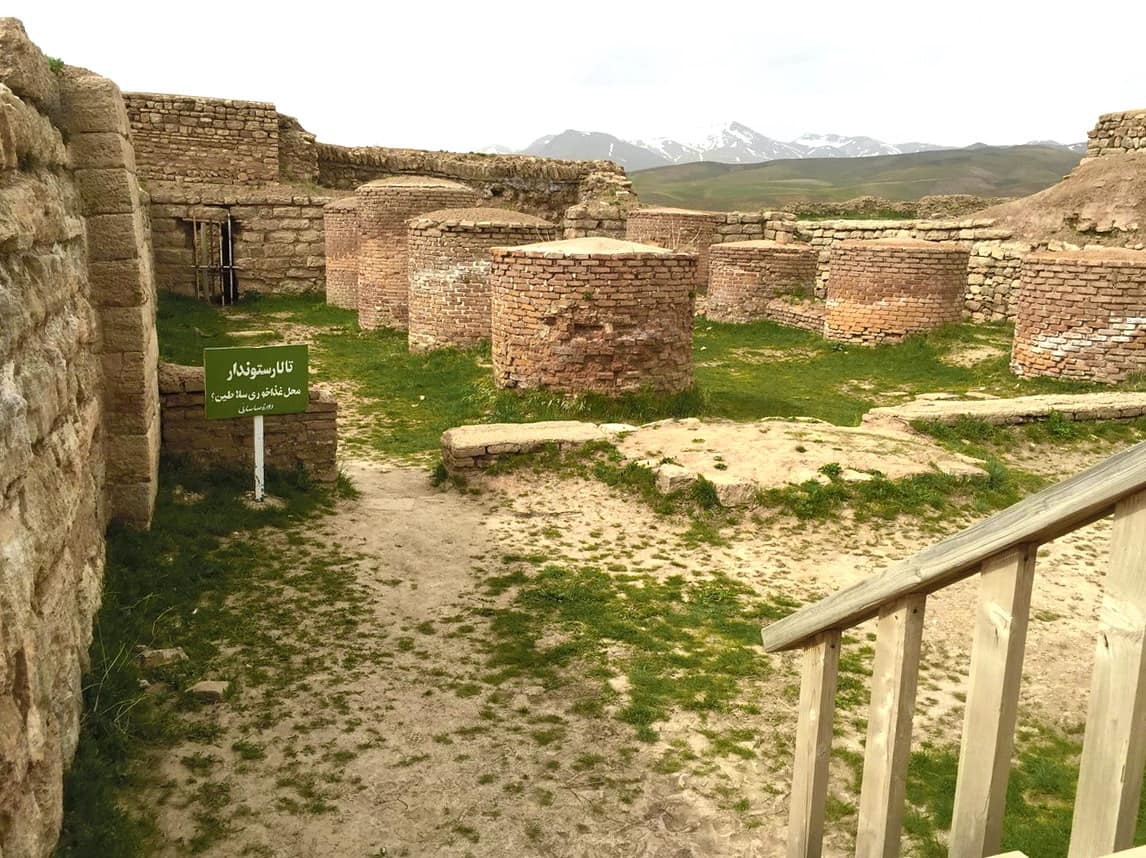
Surrounding Landscape
Beyond the main archaeological site, the natural landscapes surrounding Takht-e Soleyman contribute to its atmosphere and significance. The mineral-rich lake at the heart of the complex is an important feature tied to the sacred spring.
Known as the ‘Eye of the Earth’, this oval-shaped lake covers around 5 hectares. Its brilliant blue-green waters contrast beautifully with the hillsides beyond. The lake is fed by sources deep underground, adding to its air of mystery. For ancient visitors, it was a site of healing and religious purification rituals.
The hills and mountains enclosing the valley are another stunning feature. The high ridges mark the borders of the ancient temple complex. One of the hills was believed to be the mythical home of ancient holy figures. The rugged natural beauty adds to the tranquil, spiritual ambience felt wandering around Takht-e Soleyman today.
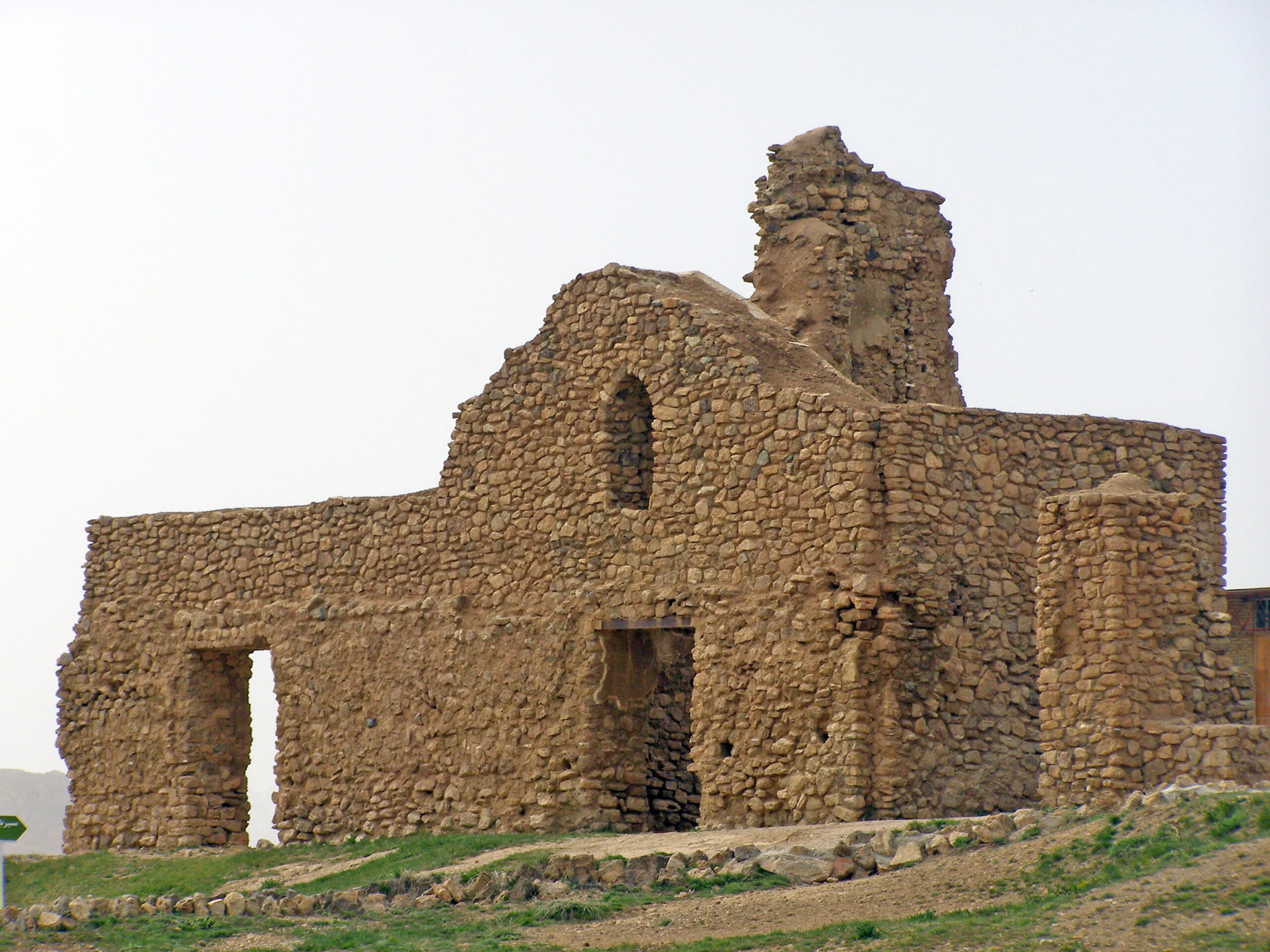
Why Visit Takht-e Soleyman
For history and archaeology enthusiasts, Takht-e Soleyman offers the chance to immerse in ancient Zoroastrian and Islamic culture within well-preserved ruins. The site provides insight into centuries of changing religions tied to the same captivating spot.
Even casual visitors will be amazed by the scale and craftsmanship of the ancient structures rising from the valley. The 360 degree views from the citadel are unforgettable. Nature lovers will appreciate the vivid blue lake and scenic highland surroundings as well.
While located remotely, the site is accessible as an easy day trip from cities like Tabriz. Facilities like restaurants and walking trails make Takht-e Soleyman an inviting place to contemplate Iran’s multi-layered past in one of its most impressive settings. It’s sure to leave visitors in awe of its natural and handcrafted beauty.
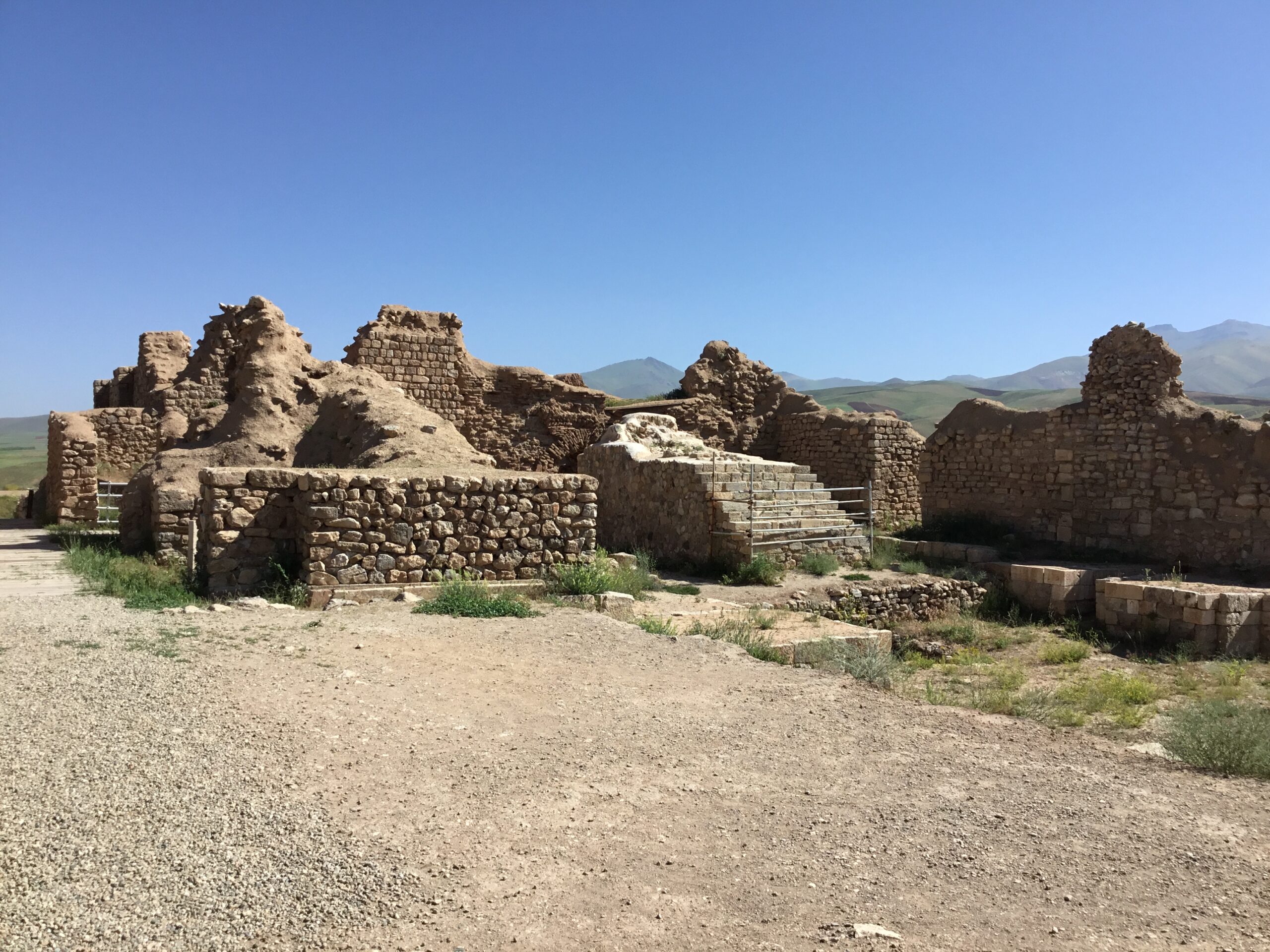
Conclusion
With its blend of ancient ruins, natural grandeur and spiritual heritage, Takht-e Soleyman is truly one of Iran’s highlights. Wandering this carefully restored Zoroastrian-era complex and gazing over the valley lets you feel what drew people to this spot for over a millennium. As the Throne of Solomon, Takht-e Soleyman stands today as one of the most magnificent archaeological treasures of Iran’s diverse history and culture


